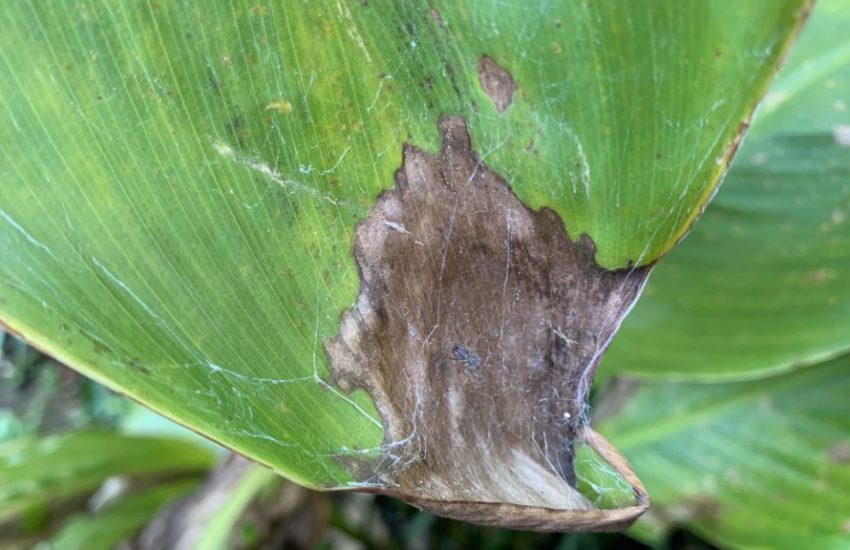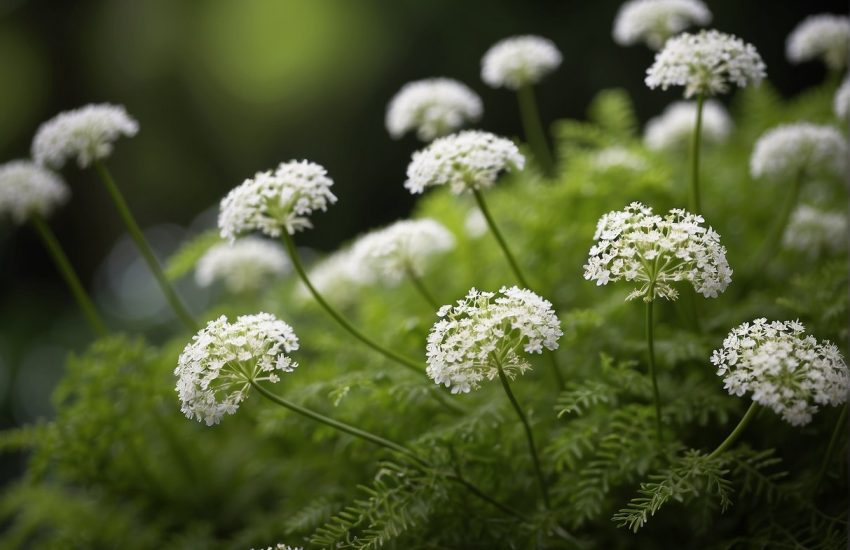Watering Guide for Shrubs and Trees
Taking care of plants and trees is a great way to reduce stress and spend your spare time. First, however, you need to know critical information about them, even if it is just a hobby. Most people start with potting plants for this hobby, and their plants get bigger with enthusiasm.
But, usually, the bigger the plant, the more responsibility you have, and watering play the most significant role in the process. Still, watering may, sometimes, be tricky, especially for trees and shrubs. Some say bigger plants need less water, but that is not entirely true.
Some big plants need less water, but it is not the case for most of them. Also, given the importance of watering, you should be careful about false information since it may result in drowning a tree.
If you are trying to plant a shrub or tree and wondering how you should water your plants, don’t worry; we have you covered with this Watering Guide for Shrubs and Trees.
This guide will cover some of the most critical questions about watering shrubs and trees, including how frequently you should use water, which system is the best, and how you can know your plant needs water. So, with that all said, let’s get started with frequency.
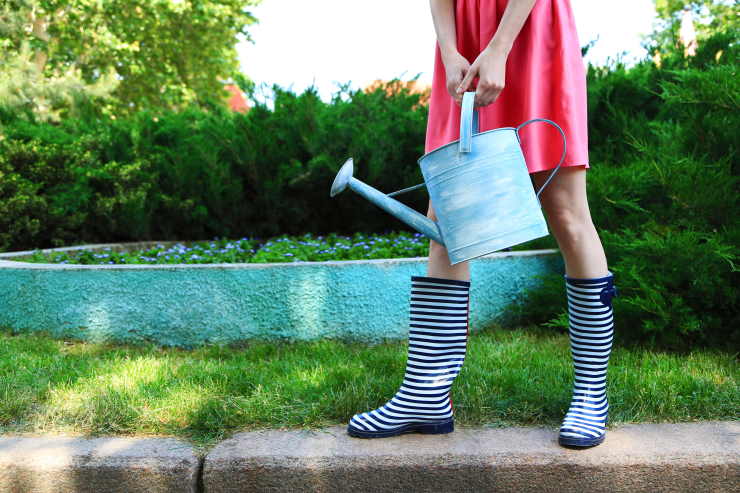
How Often Should I Water Shrubs?
Some aspects of the watering process include soil type, temperature, and humidity. Also, watering is more critical for freshly planted trees and shrubs than for established ones. A well-planted tree or shrub will grow stronger, more robust, and better able to live with less water in the long run.
The amount of water a shrub needs changes depending on the stage. For example, you should water daily in the early stage. However, the first 1-2 weeks after planting is crucial and affects the growing process.
Regular and consistent watering of new plants and shrubs is necessary until your shrubs and trees form root systems. You can use the Watering Guide for Shrubs and Trees table below to see roughly how much water your plants need.
| Tree Trunk Caliper | Water Needed |
| 2 – 3 centimeters | 4 – 6 liter |
| 4 – 6 centimeters | 9 – 11 liter |
| 7 – 8 centimeters | 12 – 15 liter |
| 9 – 10 centimeters | 15 – 20 liter |
| 10 – 12 centimeters | 20 – 25 liter |
| 13 – 15 centimeters | 25 – 30 liter |
(The water needed may change depending on humidity, temperature, and soil type.)
As the roots develop and spread, the watering volume will need to be increased. For example, 4 to 11 weeks after planting, you should water your shrubs every 2 to 3 days, depending on the soil.
Shrubs and trees have a more extensive root system and demand varying quantities of water. If possible, place them on a different faucet or time zone in your irrigation system. Sprinklers are useful, but drip irrigation is a considerably more practical and economical method of caring for your landscape plants.
Use 3-5 liters of water for little accent plants, 6 – 10 liters for larger shrubs, and 30 liters for a 70-liter-pot plant. Since the need for water may differ depending on different aspects, you can water when your soil probe does not penetrate the soil more than 3 to 4 inches.
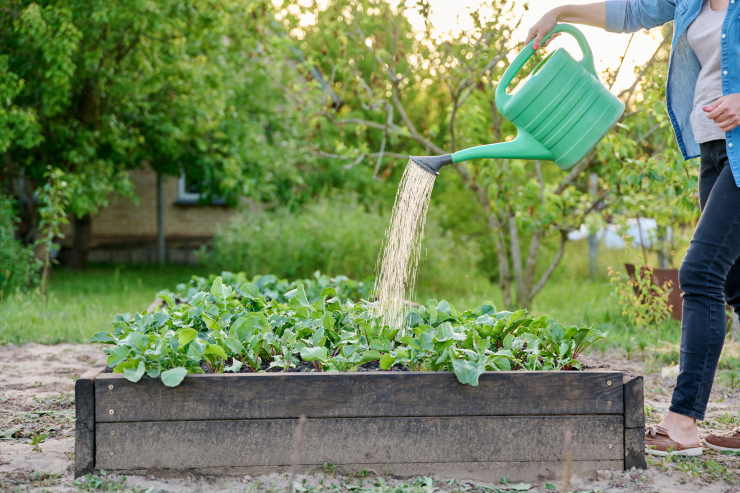
What Is the Best Watering System for Trees?
The best watering system varies for everyone and depends on the garden type. For example, if you are trying to grow only one or two trees, you can use the soaker hose. A soaker hose is a time-efficient way to water your trees.
You can automate the watering process, which saves a lot of time. In addition, the automatic timer helps you to water your plants when they need water without an effort. The soaker hose is one of the most efficient watering systems for your trees if you have a few.
Another watering system you can use is the soaker attachment. A soaker attachment is a great technique to water any shrub or practically any freshly planted tree, particularly when you want a significant volume of water in a reasonably compact space.
Soaker attachment is a cost-efficient watering system, and also it works well with newly planted trees. However, you should use a timer with your soaker attachment to ensure your trees get the right amount of water. The soaker attachment helps roots get water slowly; this way, you can ensure that your plants will not drown.
The last watering system on our list is drip irrigation. Drip irrigation is the most effective technique to cover lands and precisely supply water where it needs to go for pots, rows of plants, or even large gardens or groups.
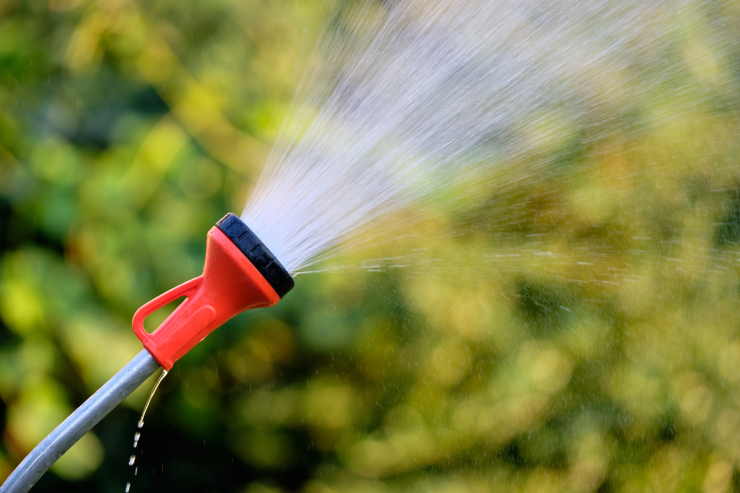
Drip irrigation kits and systems are widely accessible and relatively simple to install at home improvement stores and garden centers. Drip irrigation, like soaker attachment, helps roots to get water slowly enough.
Watering with these systems should be in low pressure and slow enough so that the roots have enough time to absorb the water without extra drainage or damaging soil structure due to water flowing out too rapidly or too forcefully.
How Do You Know If Your Tree Needs Water?
The question “how do you know” is common when growing trees. But it is not that hard to understand their language since they give us clear signs about what they need. For example, if you are worried about if your trees need water, you can understand that with the simple tricks in this section.
Various conditions and situations influence how much water a tree needs. How much water your tree needs depends on its age, height, locality, weather, terrain, and kind. For example, newly planted trees demand more water since they require more energy to establish their roots. But how can you know?
The simplest trick is to dig through the soil for 3 to 4 centimeters and feel how moist the soil is. If it feels dry, you should water your plant, but if it is moist, you may need to wait a couple of days. Also, you can see if you have been over-watering when the soil is too moist.
If you can’t understand from the hole you dig, you can get a pinch of soil from the plant and roll it between your finger; if it sticks, it means the plant has enough water; if it doesn’t stick, it is time to water! If it is an established tree, you can check the leaves of the tree.
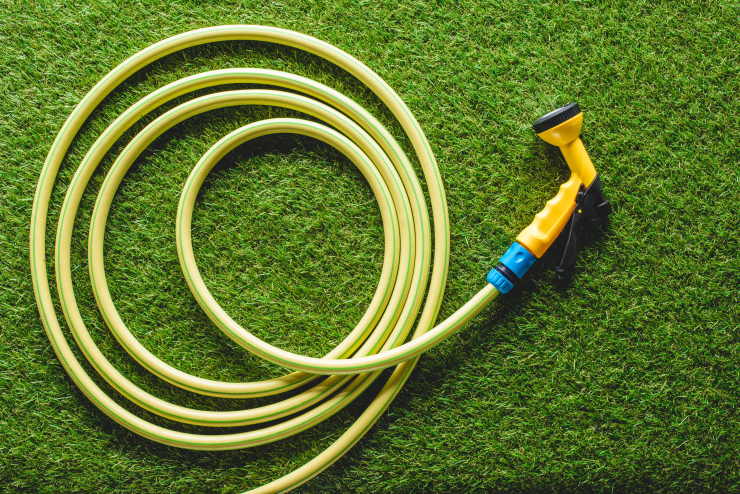
If your established tree needs water, it may show signs of shrinkage of leaves, fruits, stems, and roots. Also, wilted or curled leaves with dark tips or edges, a scant canopy of off-color and undersized leaves, as well as leaf scorch or fading leaves, and early leaf decline and untimely autumn color are among the signs of your tree showing when it needs water.
Examine the leaves on your trees. If you detect drooping, curling, or browning towards the tips and edges of your tree, it likely needs more water.
What Do Overwatered Trees Look Like?
Since we covered underwatering issues, we may proceed to talk about overwatering. Overwatering is just as harmful as underwatering for your trees. You should be careful about how much water you provide your plants. Overwatering may result in drowning the plant, which may kill the plant eventually.
In this issue, we face the question, “how do you know.” As mentioned above, your plants can tell you if they are overwatered or not. For example, if the ground around your tree is constantly wet, you can see that you have been overwatering your plant. For sure, you may encounter other signs showing overwatering.
Too much water is present if the young plant withers before it is fully formed or becomes somewhat yellow or green. Keep an eye on the leaves as well. They may appear green, lively, and healthy, but if they break easily and are generally frail, they may suffer from overwatering.
You can also examine the dirt beneath the surface. You should dig 10-12 centimeters beneath the surface and feel it. The soil should be cold and humid but not completely saturated. If the deep soil around your tree is wet, you’ve overwatered.
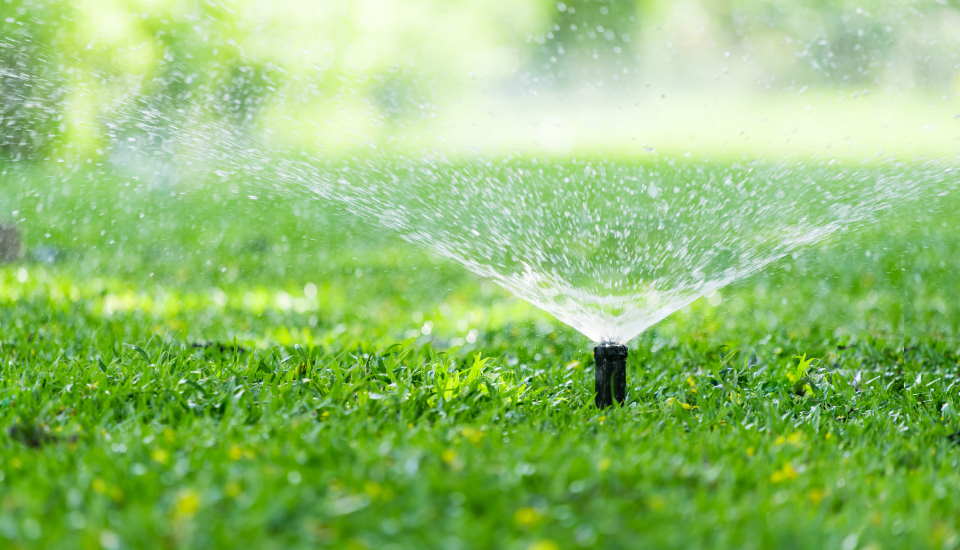
Overwatering prevents plants from breathing. Overloading the ground with water occupies the air spaces that ordinarily allow the plant roots to absorb oxygen. Less accessible oxygen causes less photosynthesis on the part of the tree and consequently less development.
If roots are deprived of oxygen for an extended period, the fungal infection will develop and cause root deterioration. As a result, the roots cannot absorb nutrients vital for plant development. They will become squishy and black instead of their regular hard, white look.
How Much Water Does a Tree Drink Per Day?
Trees can absorb a significant amount of water during the day. However, only a few of them are used for plant growth. Trees may absorb between 40 and 600 liters of water per day, but only about 5% of the water taken by plants is retained for growth.
They rely on accessible water in the soil to “rehydrate” throughout the night, compensating for water loss during the day. On the other hand, a newly planted tree may need 4 to 40 liters of water a day to establish its roots. However, after establishing roots, trees can reach different water sources.
Also, since they lose a significant amount of water during hot days, they may need more water during summer. In contrast, trees lose nearly no water during the winter, which shows water loss highly depends on temperature and humidity.
After establishing their roots, your trees will need less water from you but more from the ground. When you first plant them, you must water them daily, depending on their trunk size. As shown in the Watering Guide for Shrubs and Trees table above, newly planted trees need 30 to 35 liters of water daily.
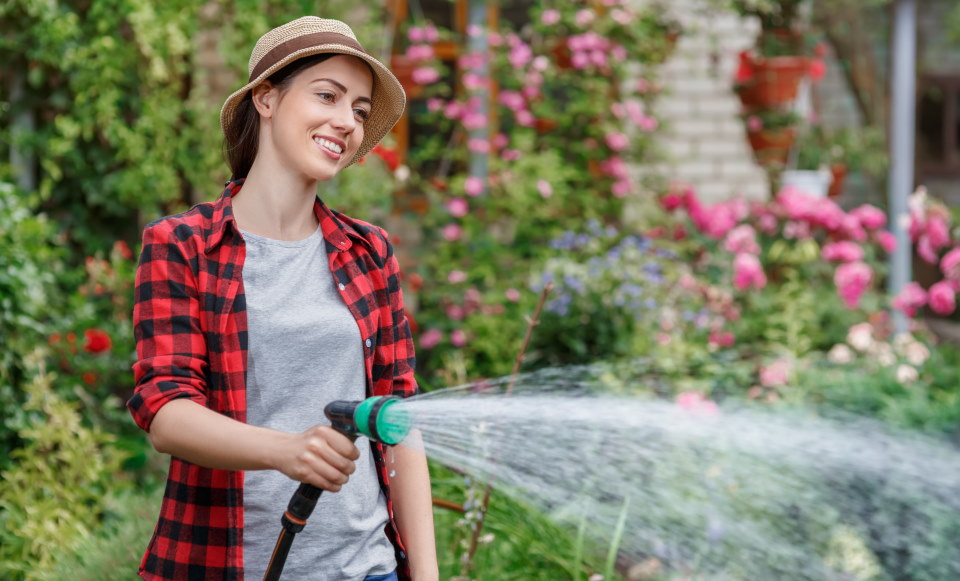
But that is because they need the energy to establish their roots. So, after establishing their roots, you will be watering less, but they will be absorbing more from the earth. So, don’t worry about water bills because 600 liters a day could be struggling.
The amount of water a tree absorbs highly depends on temperature and humidity. On hot summer days, they absorb more; in cold winters, they absorb less since they also lose less.
Conclusion
Trees and shrubs are not hard to grow. You need to care about their needs. When you start to understand their language, the relationship between you and your tree develops significantly, and we hope we have covered your questions in this Watering Guide for Shrubs and Trees.
Trees are good at showing their needs. You can easily understand if they need water or want you to stop watering. When it comes to water systems, you have plenty of options. A soaker hose is an excellent option for one or two trees, while drip irrigation is better for a larger group of plants.
If you want to plant your trees and contribute to our world, you can use the practices mentioned above and grow healthy trees. The happiness seeing them grow brings is something else. Also, growing trees can reduce stress and provide peace of mind.
You may also be interested in:
Psychological Benefits of Gardening

